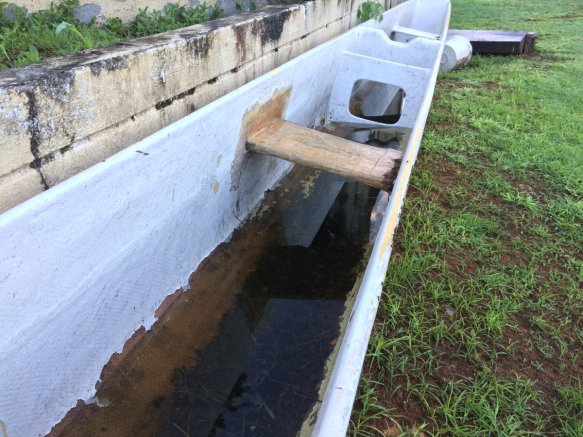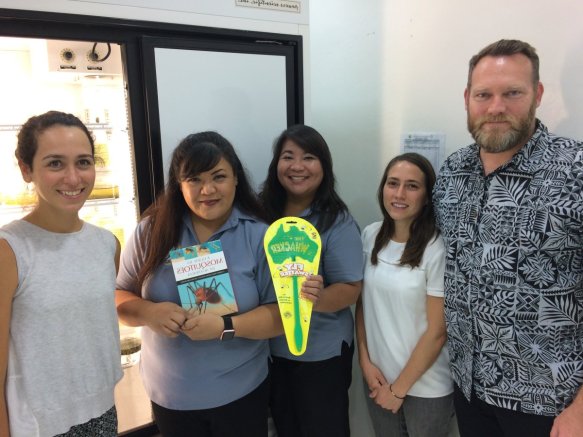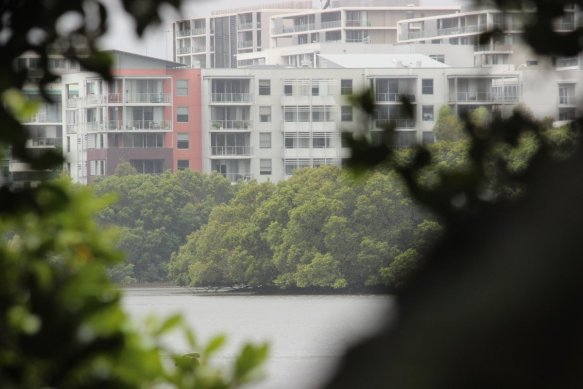
Winter has come and gone for another year. For many people it means packing away the footy boots and starting to shop for swimwear. What about mosquito researchers? How does the passing of seasons change their work?
One of the things I love about my job (and occasionally loathe) is that it is primarily driven by the weather. On a weekly basis, i have to keep an eye on local rainfall, temperature fluctuations, and tidal cycles. All these things have a strong influence on local mosquito abundance and diversity. Add extreme weather events into the mix and things can become quite unpredictable! I can’t ignore the wind either, ever tried catching a mosquito in a howling gale?
Mosquitoes can be found right through the year in Sydney. Generally though, the year for me is divided into a series of milestones.
Goodbye winter, hello spring (plus migratory birds, daylight saving and end to rugby league)
There is a sound I’ve come to dread in recent years. The “awk-awk-awk…” of the channel-billed cuckoo. This migratory bird moves into Sydney from New Guinea and Indonesia around August and it’s call is a kind of siren that warns of the upcoming mosquito season. Once I start hearing those calls, I better start planning the field work season ahead.
The long weekend in October, that coincides with an end to the rugby league season, means field work planning should really be in full swing.
If these birds and farewell to footy season aren’t strong enough reminders, once daylight savings kicks in from early October, I know I’ve got to start moving!
In Sydney, “mosquito season” has historically run from the start of November through to the end of April. Field work is well underway by the time the Melbourne Cup is run and won.
One of the interesting trends in recent years has been are ever increasing early start to mosquito season. While the start of spring if often punctuated by occasional hot conditions, mosquitoes have usually be slow to kick into gear. It isn’t until late spring that serious pest problems are reported. However, in recent years, the start of the season has got earlier and earlier.
It is becoming so common to see boosts in mosquito numbers in late September and early October that start dates of mosquito control and surveillance programs are moving forward.
Say goodbye to summer holidays
My summers are dictated by tides and rainfall. These are the events that bring water into local wetlands and trigger hatches of mosquitoes. My schedule will shift from year with differences in the timing of king tides and the pattern of rainfall.
What these shifts in environmental conditions mean is that I can be in the wetlands on Christmas Day or New Years Eve. Sometimes mosquito season sucks.
The Australia Day holiday is often an important date, especially if it occurs just as mosquito populations are on the rise or there is increased activity of mosquito-borne pathogens. I’m often dealing with plenty of media enquiries at this time.
The kids are back in school by February and Sydney is well and truly out of holiday mode. For me, this means much earlier and later working times as I try to dodge peak-hour traffic getting from field site to field site. There is nothing more likely to take the gloss off some early morning time in the wetlands than spending twice as long as usually in crawling traffic as I try to get mosquitoes back to the laboratories.
Easter bunnies, chocolate eggs, and outbreaks of mosquito-borne disease
While it may be tempting to think the Easter Long-weekend may mark the end of the mosquito season and chocolate egg fueled celebrations can commence, it is important to keep in mind that Easter moves about from year to year. This can have important implications for mosquito monitoring and public health interventions.
When the Easter falls at the end of March or early April, there can be greater mosquito-borne disease risks. In many areas of Australia, mosquito-borne disease caused by Ross River virus is more commonly reported in autumn than summer or spring. Depending on the temperatures, tides, and rainfall, there can be very abundant populations of mosquitoes and elevated mosquito-borne disease risk just as everyone is taking off on long-weekend camping trips or school holidays. In 2020, with Easter falling in the middle or April, the risks shouldn’t be too high (but lets just wait to see what the weather and mosquito populations are like).
An end to daylight savings is usually a pretty good marker. I’m often caught out the first week after our clocks go back and need a head lamp or torch to finish setting mosquito traps! However, the real end point to mosquito season is typically ANZAC Day. While there may be some mosquitoes about through to the early stages of May, it is usually only under exceptional circumstances (at least around Sydney).
Bring on the cold (and report writing)
Between May and September, temperatures get too cold for mosquitoes to be a problem. It is the cold overnight temperatures (as opposed to the occasional warm daily temperatures) that influence mosquito populations. As soon as we start getting overnight minimums consistently dropping below 10oC, mosquito activity generally starts to decline.
Winter is spent writing, teaching, sleeping, conferences, planning, and trying to sneak in some kind of holiday….
—
If you’re a scientist, how do the seasons shift your schedule throughout the year? Join the conversation on Twitter!
—


















